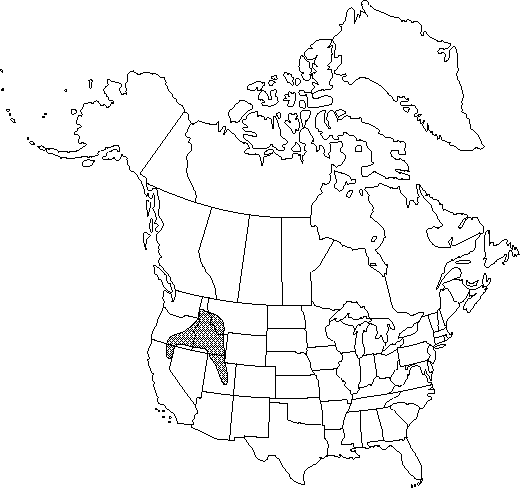Adonis aestivalis
Sp. Pl. ed. 2, 1: 771. 1762.
Herbs, annual, taprooted. Stem 1, 20-50 (-100) cm. Leaves: basal leaves 3-5 cm, similar to cauline, petiolate; cauline leaves sessile or subsessile. Leaf-blade 2-3-pinnatifid. Flowers 1.5-3.5 cm diam.; sepals appressed to petals, broadly obovate, ±erose in distal 1/3, minutely ciliate, otherwise glabrous; petals 6-8, ± erect, orange [yellow, scarlet, or bright red-purple], usually with dark purple basal blotch, ± plane, 10-17 mm, ca. 1.5 times length of calyx, apex slightly erose; stamens ca. 30; anthers purple-black (olive green with age); pistils 30-40. Heads of achenes cylindric, 20-30 × 7-10mm; pedicels conspicuously exserted well beyond leaves; achenes 4-6mm, glabrous, adaxial margin with low, rounded tooth, transverse flange around middle (most pronounced abaxially), abaxial keel bearing small obtuse tooth at junction with flange; beak straight, erect, 1.5-2 mm.
Phenology: Flowering spring–summer (May–Jul).
Habitat: Roadsides, fields, sagebrush scrub, and open pine or aspen forests in valleys and foothills
Elevation: 1200-2400 m
Distribution

Introduced; Calif., Idaho, Mont., Oreg., Utah, native to Eurasia
Discussion
I have not seen specimens from Washington and Wyoming; Adonis aestivalis is documented from Idaho immediately across the border from those states.
Except for details of the achenes and the subtle differences in orientation of sepals and petals, Adonis aestivalis is much like A. annua. Adonis aestivalis has been divided into three variable subspecies, although only two [Adonis aestivalis subsp. aestivalis and subsp. parviflora (de Candolle) N. Busch] seem to be well delimited morphologically and geographically in Eurasia (C. C. Heyn and B. Pazy 1989). North American material is not readily assigned to either subspecies.
Petal color has been variously reported; in the flora only orange with a dark basal blotch is confirmed.
Selected References
None.